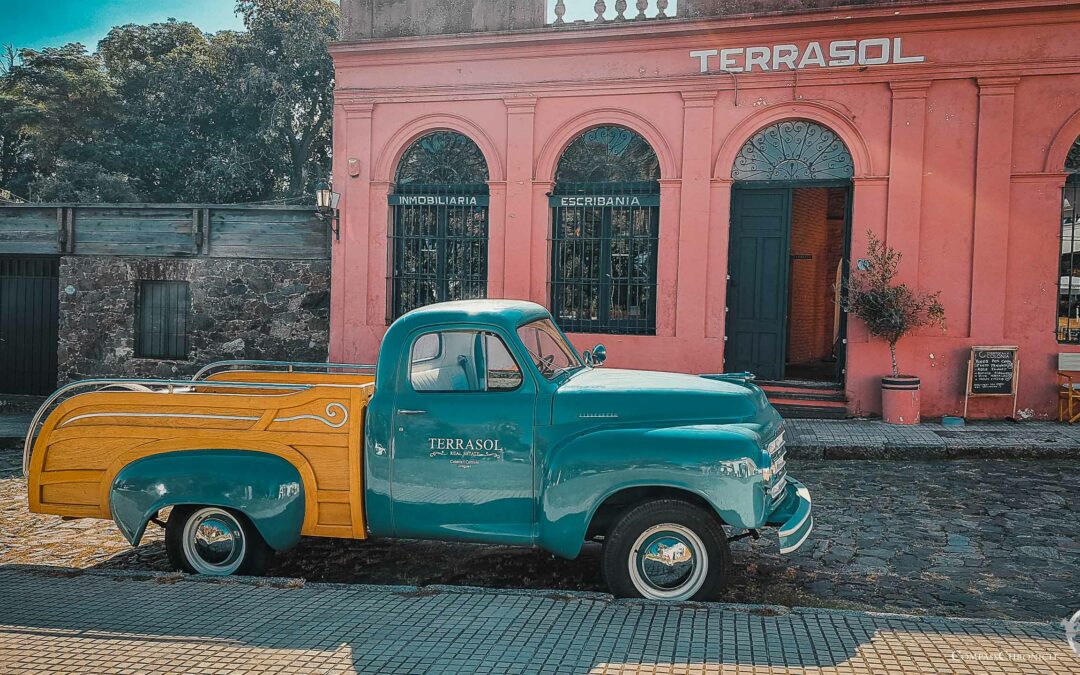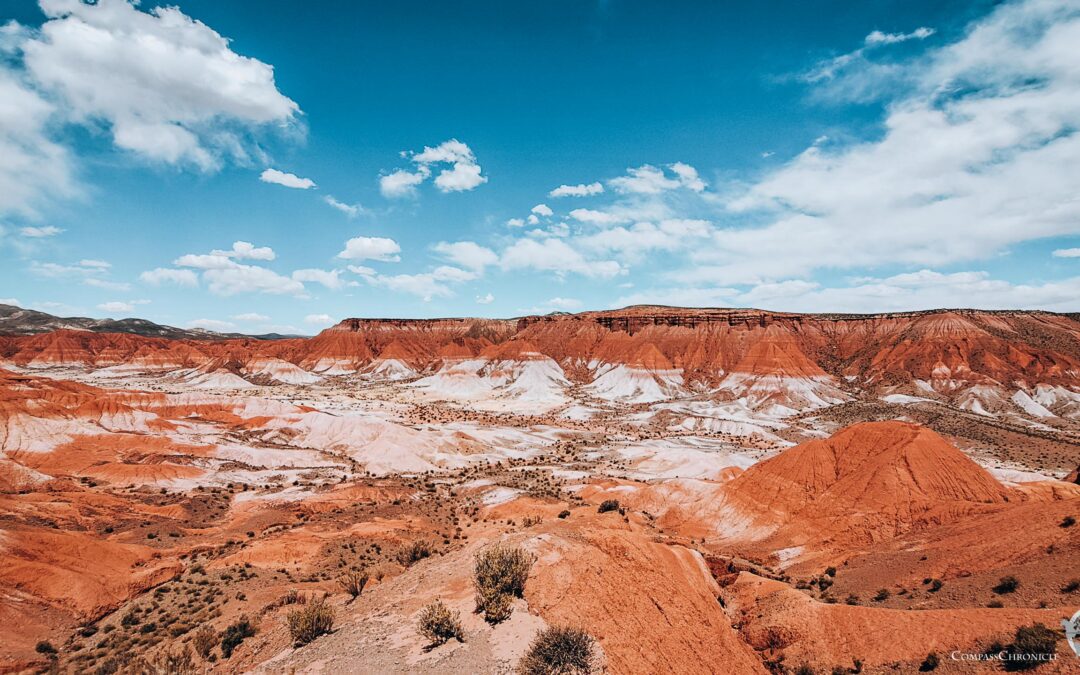From Salento, it is only a short detour to the Cocora Valley. This valley is world-famous for its wax palms, which can grow up to 60 meters high. The wax palm is also the national tree of Colombia, and we passed countless such palms on the way from Ibagué to Salento, but if there is a valley that is famous for these palms, it must be even more impressive there. We’ll see.
Hike in the Cocora Valley
Because of the fame of this valley, we set off early on a hike through the Cocora Valley to avoid the crowds as much as possible. We start on the opposite side of the river from the palm trees and thus have a wide view of the long palm trees. In the park – which is unfortunately private property and you have to pay an entrance fee – many areas under the palm trees have been cleared and planted with grass, making the height of the palm trees look twice as impressive. On our path along the river we keep seeing the wax palms rising up out of the normal vegetation on the slopes, but the height is not so impressive as the palms only protrude 10-15 meters out of the rest of the flora. Still a lot when you think about it – but the effect is simply completely different.
We soon disappear into the dense thicket and the path meanders along the mountain stream, sometimes to the right, sometimes to the left. We are now at an altitude of around 2,800 m in a cloud forest with moss-covered suspension bridges as part of the trail. Beautiful – it’s almost as if this hike is trying to steal the fascination of the wax palms.
After the last steep section, we have reached the highest point of the hike. From here, we get closer and closer to the palm park to see the enormously tall wax palms up close. And here we slowly but surely encounter more and more people. Most of them don’t bother with the four-hour hike, but just visit the cleared area at one end/beginning of the hiking trail.
The grounds are laid out like a theme park and the palm trees are more of a backdrop for the best self-portraits than an attraction in their own right. As in many places where mass tourism is being catered for. There are also no more or even taller palm trees in this place than elsewhere in the region – as I said, we have already seen quite a few in the wild along the pass road coming from Ibagué. So, it’s simply the wax palms combined with a park where you pay an entrance fee. Somewhat mixed feelings arise, of course – you can do it. But we wouldn’t recommend a trip to the Cocora Valley just for the palm trees. Nevertheless, we have captured two photos as postcard subjects for our friends and families and send them to you virtually through this webpage!




















0 Comments